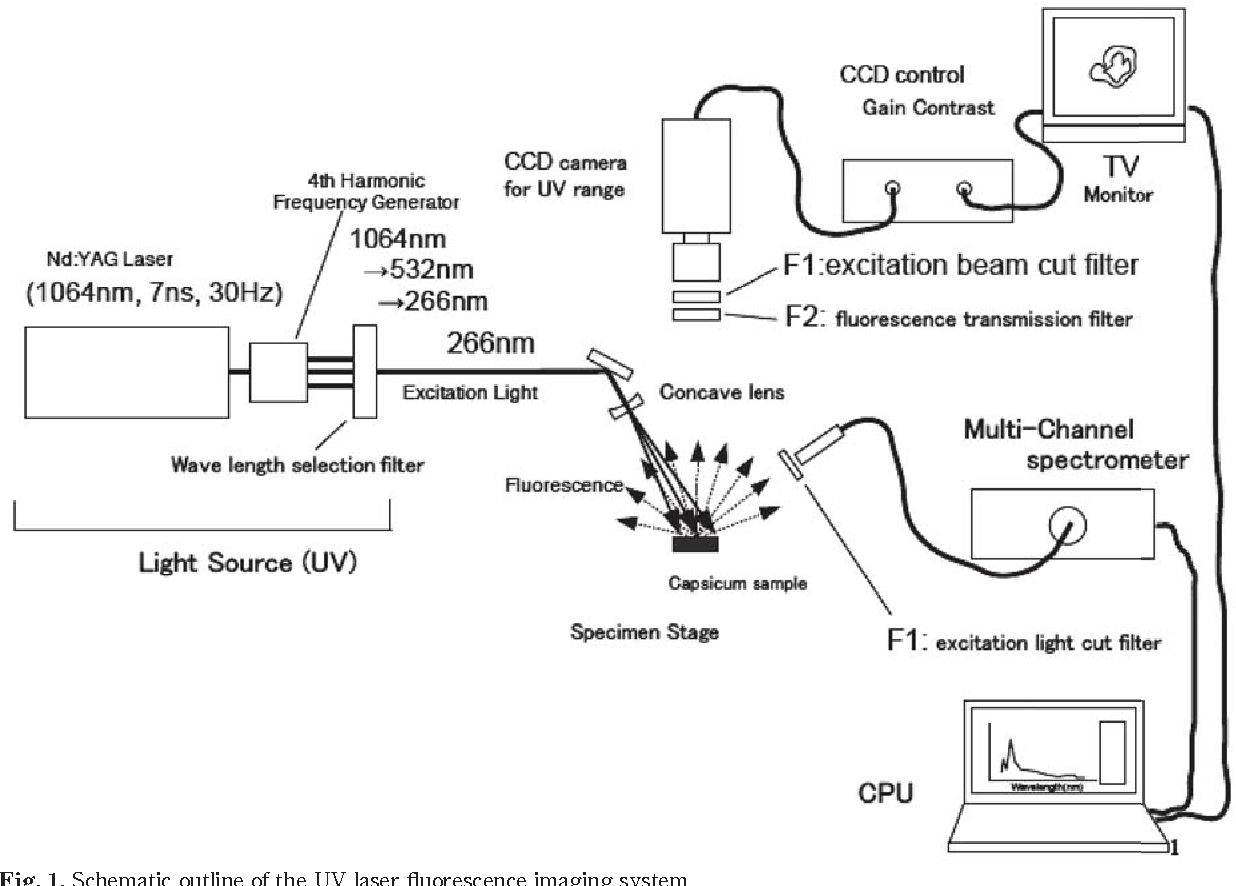As many of you likely know Capsaicin oils in Capsicum berries are fluorescent under UV.
While the effect is not particularly strong it is of some use in screening and selecting Capsicum fruit for high secreted oil content.
I used an LED type blacklight UV fixture for the photographs.
In the pictures you will see an almost turquoise blue color to the oil, this is from the phone setting and to the eye the oils glow a faint reddish color, which contrasts with the darker tissue colors.

Although LED UV fixtures are far less than ideal it is possible that a more ideal wide spectrum UV light source might be useful in rapidly screening capsicum fruit for high oil content. ✩

The examples photos are from a berry of an elongated orange habanero that was obtained by planting seeds from a few grocery store orange habaneros that were unusually large and long. These seeds produced a wide range of lantern like, mini bell like, and finger like elongated fruits of crisp orange habanero.
I suspect the specimens in the grocery store were either a commercial F1 production hybrid or just a rapid worker based selection of a cultivated population.
I found one plant that produced a high yield of finger like berries that are atypical for an orange hab and I have been examining the berries.
In the second photo you can see inside the berry and observe that near the calyx are spots of glowing oils, these are produced on veins of placental tissue embedded in the inner layer of the upper parts of the berry.

✩Direct visualization of capsaicin and vanillylamine in Capsicum...
SUZUKI et al.
While the effect is not particularly strong it is of some use in screening and selecting Capsicum fruit for high secreted oil content.
I used an LED type blacklight UV fixture for the photographs.
In the pictures you will see an almost turquoise blue color to the oil, this is from the phone setting and to the eye the oils glow a faint reddish color, which contrasts with the darker tissue colors.
Although LED UV fixtures are far less than ideal it is possible that a more ideal wide spectrum UV light source might be useful in rapidly screening capsicum fruit for high oil content. ✩
The examples photos are from a berry of an elongated orange habanero that was obtained by planting seeds from a few grocery store orange habaneros that were unusually large and long. These seeds produced a wide range of lantern like, mini bell like, and finger like elongated fruits of crisp orange habanero.
I suspect the specimens in the grocery store were either a commercial F1 production hybrid or just a rapid worker based selection of a cultivated population.
I found one plant that produced a high yield of finger like berries that are atypical for an orange hab and I have been examining the berries.
In the second photo you can see inside the berry and observe that near the calyx are spots of glowing oils, these are produced on veins of placental tissue embedded in the inner layer of the upper parts of the berry.
✩Direct visualization of capsaicin and vanillylamine in Capsicum...
SUZUKI et al.

